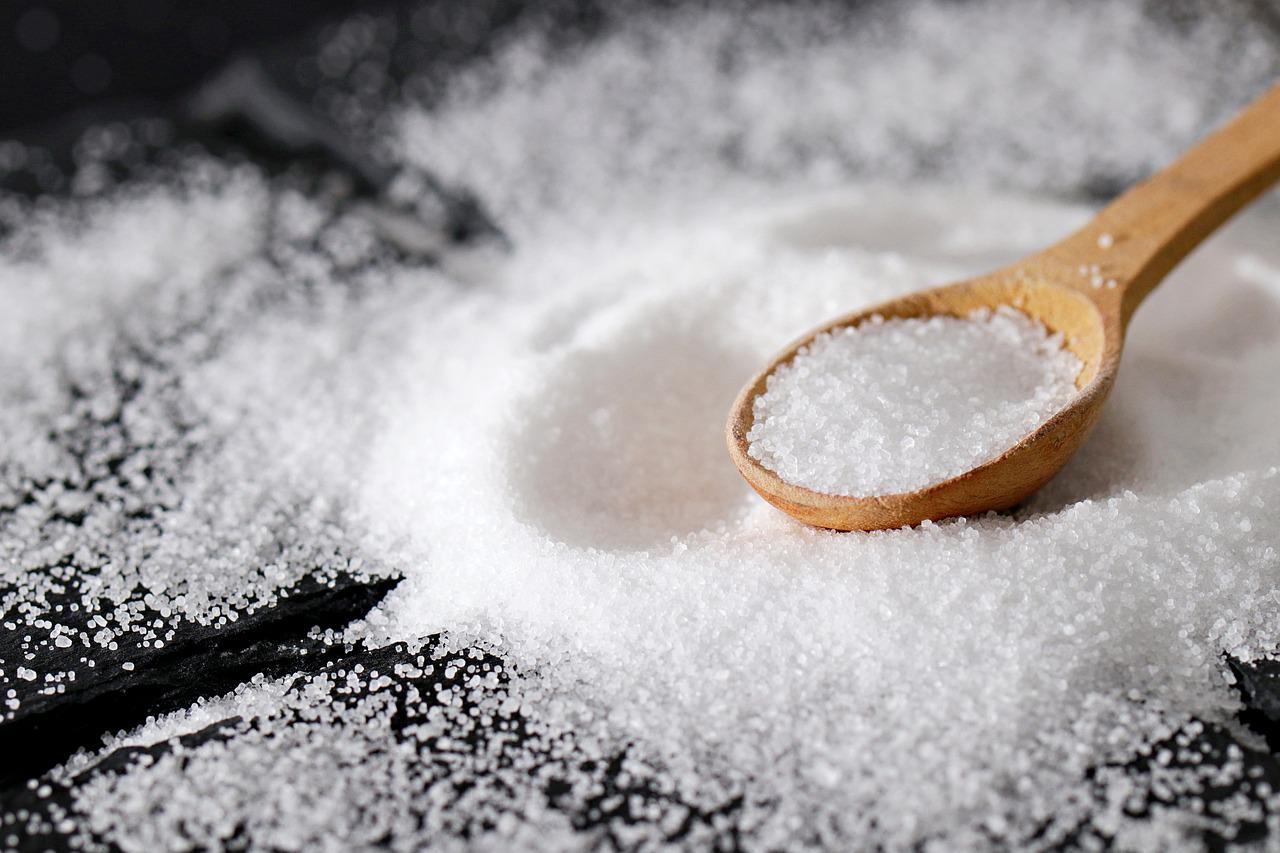What is the difference between table salt and sea salt?
The difference between table salt and sea salt as far as health may surprise you.

Salt is a seasoning that is found in many of our foods today, including condiments, processed foods, and foods offered in restaurants. It offers a property that helps to enhance and sometimes mask the actual flavor of many foods that we eat. When we think of salt, we may think of table salt, but that is not the only type of salt available for cooking and seasoning our foods. Sea salt has become popular in the world of seasoning with claimed health benefits. Let’s explore the difference between table salt and sea salt.
Table salt is harvested from salt mines, and sea salt comes from ocean water that has been evaporated. Both salts are made from sodium chloride. According to Oregon State University, Sodium and chloride are major electrolytes needed in the body that work together to regulate fluid outside the cells. Harvard University suggests that sodium and chloride also affect muscle movement, nerve impulses, and blood pressure. Some salts are more heavily processed to remove impurities, which also can remove trace minerals. However, the amount of trace minerals in different types of salt are not enough to provide significant health benefits. When choosing salt, focus on flavor and texture rather than health benefits.
Table salt is usually white in color with small granules creating a less coarse texture and has the property of a binder for food as well as a flavoring. Table salt is mined from underground salt deposits. It is more heavily processed, which eliminates minerals and contains an additive to prevent clumping. According to the National Institutes for Health, some table salt has iodine added. Iodine is an essential nutrient to maintain a healthy thyroid; and it is possible to consume sufficient iodine through the food we eat.
Sea salt is produced through evaporation of ocean water and water from sea lakes. It involves minimal processing and may contain trace minerals such as magnesium, calcium, and potassium. With less processing comes the possibility of more impurities like lead. According to the American Heart Association (AHA), sea salt has a coarse texture and may contain less sodium due to the larger size of the crystals. It is not recommended for baking because the large crystals create uneven measurement.
The AHA mentions that Sea salt and table salt have basically the same nutritional value, although sea salt is frequently marketed as a more natural and healthier alternative for sodium. The main differences between the two are that sea salt tends to have a slightly different taste and texture than table salt. By weight, sea salt and table salt contain the same amount of sodium, which is what we should limit for better health. If you want to eat healthier, focus on nutrient-dense foods and leave the salt for preserving, baking, and flavoring.
Regardless of the type of salt that you prefer, the 2020-2025 Dietary Guidelines recommend limiting your sodium intake to 2300 mg per day for adults and choose a balanced diet of healthy foods including fruits and vegetables incorporated with physical activity



 Print
Print Email
Email


